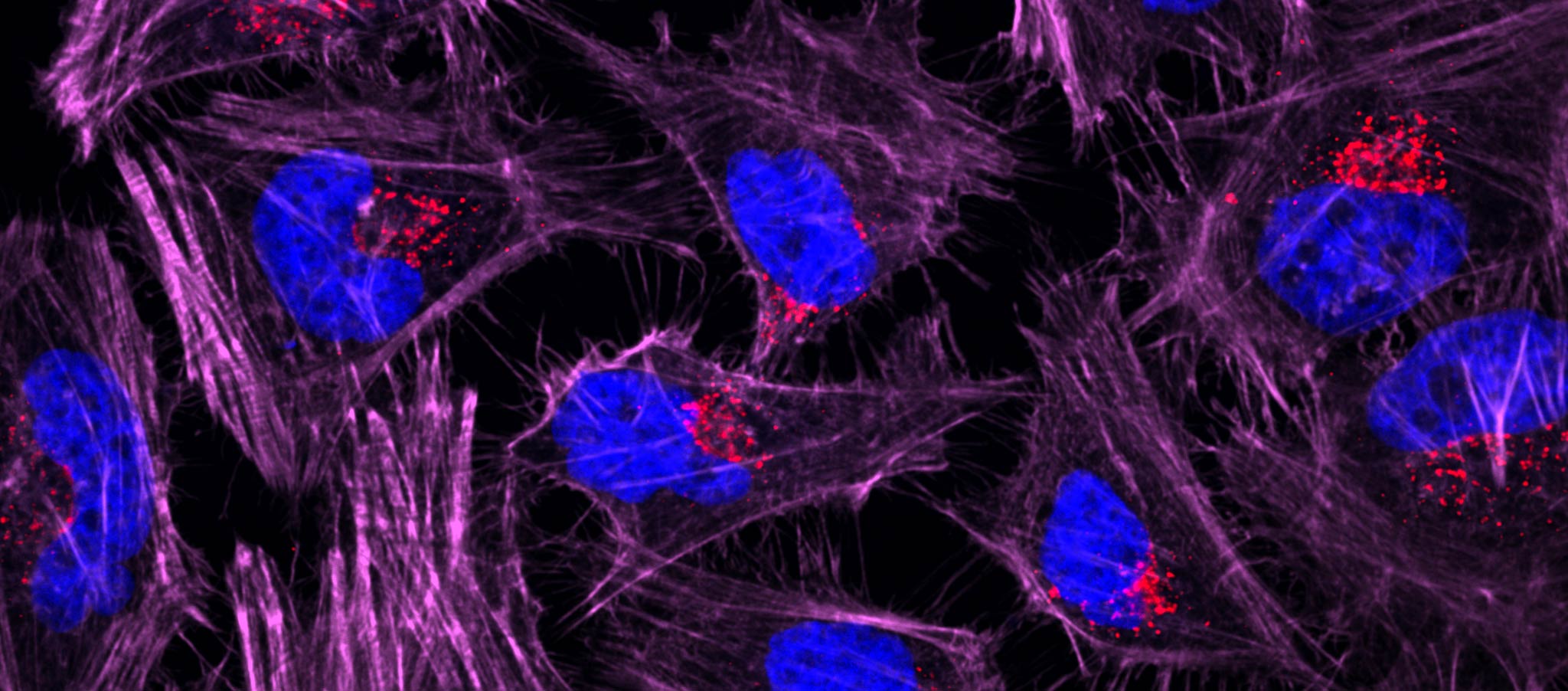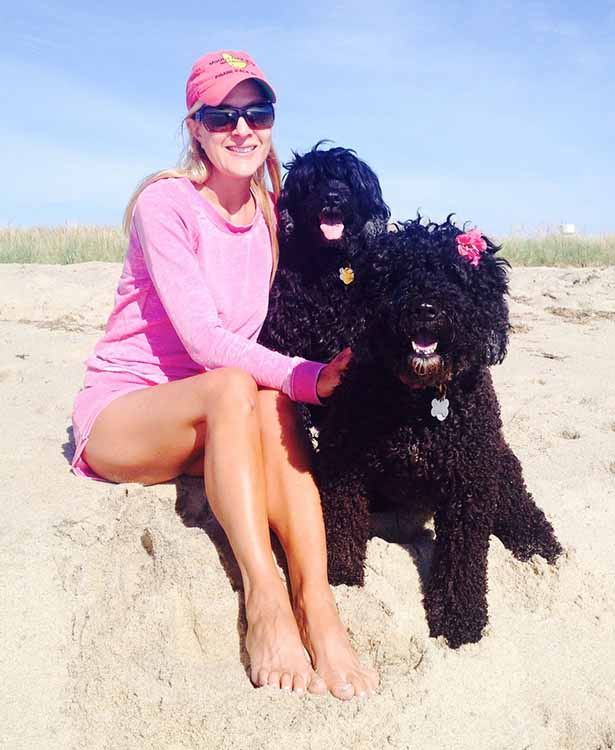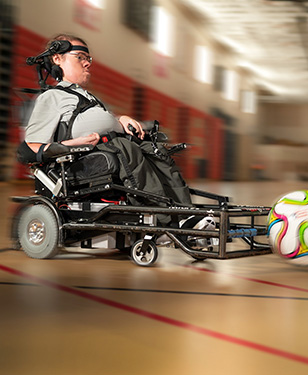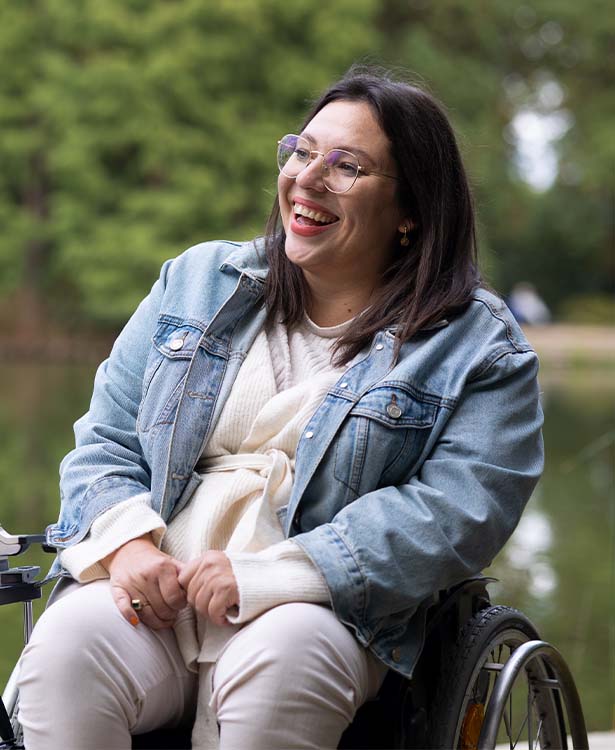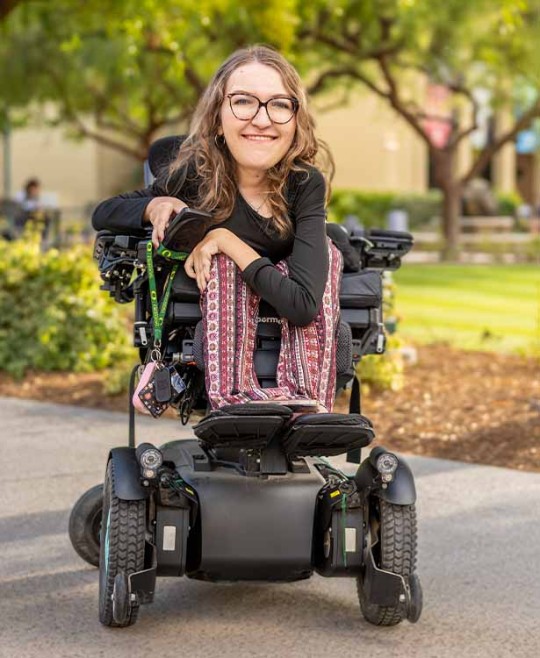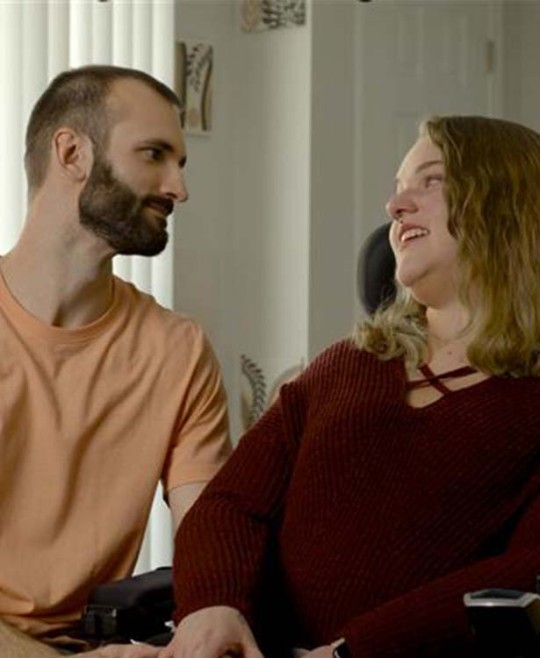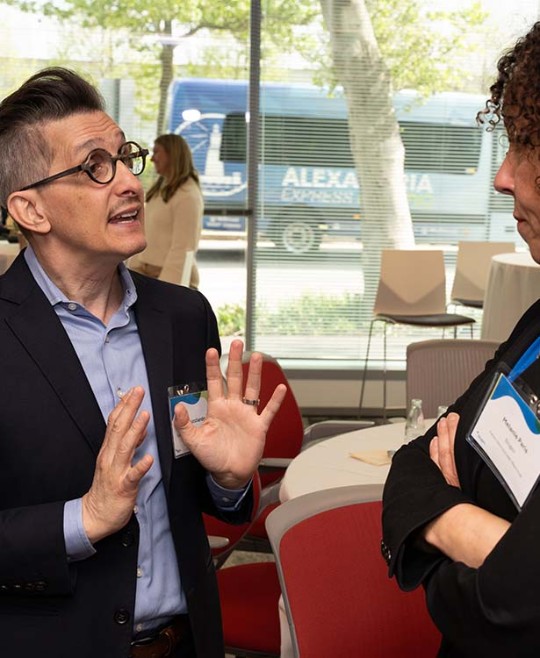Brendon Cook could hardly believe what he was seeing. It was early October, and three scientists had just been awarded the 2022 Nobel Prize in Chemistry. He saw the announcement on LinkedIn, and immediately recognized one of the winners.
Brendon Cook, Ph.D., senior scientist in translational imaging at Biogen.
"I thought, 'Oh, that face looks familiar—that's Carolyn Bertozzi,'" recalls Brendon Cook, Ph.D., a senior scientist in translational imaging at Biogen. Along with the chemists K. Barry Sharpless and Morten Meldal, Bertozzi had won the Nobel for developing a technique called "click chemistry."1 Brendon didn't know Bertozzi personally, but he'd read her papers extensively. His own work investigating methods to track drug distribution in the brain required using click chemistry nearly every day.
"To suddenly see something I almost take for granted recognized on a worldwide scale was pretty exciting and validating," Brendon says. "Bertozzi winning the Nobel—it was like an acknowledgment that what we're doing here at Biogen is pretty cool."
